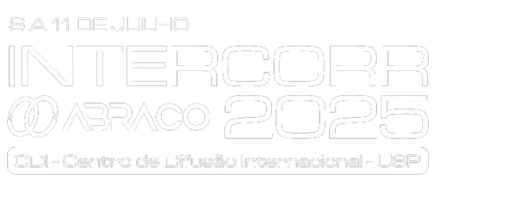Several challenges are involved in preserving metallic Cultural heritage due to the chemical-physical properties of metals, the different environments of burial and successive storage, and finally the critical balance between the artifact´s integrity and the conservation process. By combining knowledge from chemistry, materials science and conservation, Corrosion Science plays an essential role in safeguarding metallic artifacts and, consequently, the historical and cultural knowledge embedded within them. Successful preservation requires an interdisciplinary approach that combines scientific research, technology, and conservation expertise. Thanks to the impressive improvements, over the past decades, of the analysis and investigation equipment, in situ non-intrusive characterizations of artifacts may be performed using X-ray fluorescence (XRF) spectroscopy, Raman spectroscopy and electrochemical impedance spectroscopy (EIS) with portable instruments. As a matter of fact, archeological and historical metallic objects are made from complex alloys, bronze, brass, silver and steel, with different corrosion rates and degradation behaviors depending on their composition. This variety presents a challenge in choosing the most appropriate conservation methods for each specific alloy. Moreover, preventive conservation is crucial for ensuring long-term preservation and has to consider the study and implementation measures to control environmental factors such as temperature, humidity, light, and pollutants, without invasive interventions. Some case studies will be presented, object of the activity of the multidisciplinary research group CoMeTA (Corrosion Measurement Tools for Artefacts) of the Politecnico di Torino, carried out using a multi-analytical approach. The artefacts under study are of different materials, of different ages with different challenges to face for choosing restoration materials and methods ethically sound and environmentally friendly.

© All Rights Reserved - 2024 ABRACO - Associação Brasileira de Corrosão